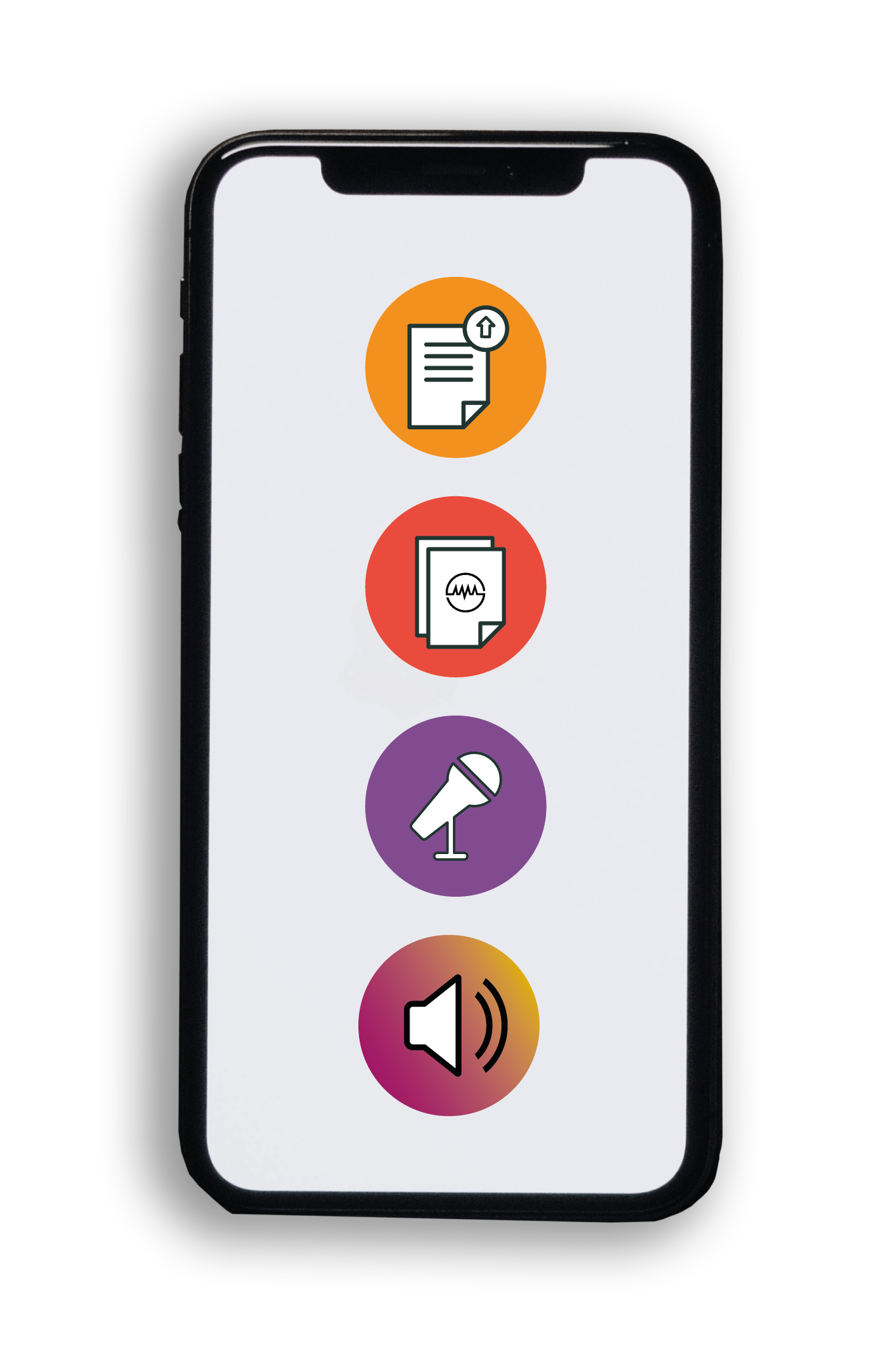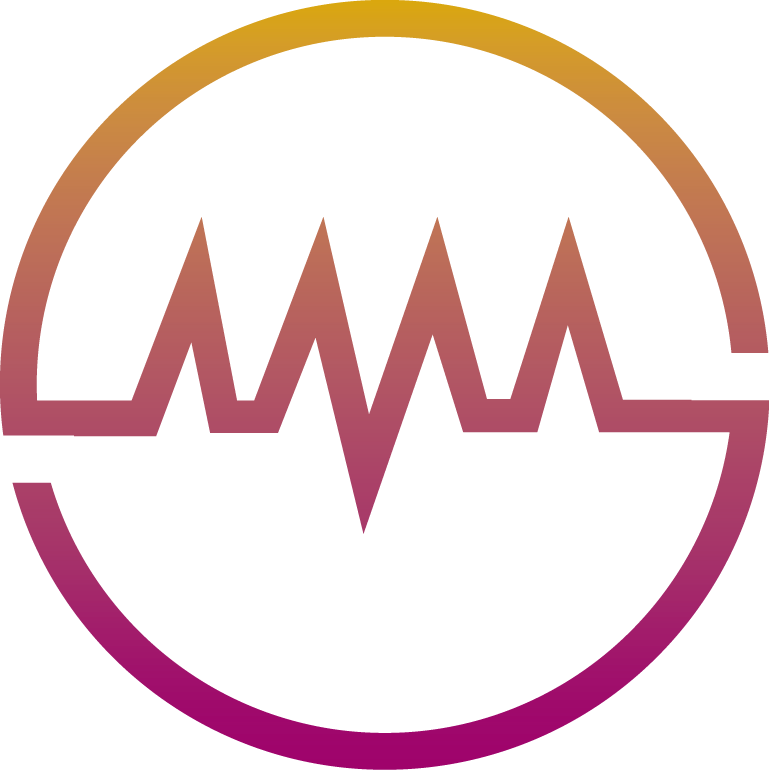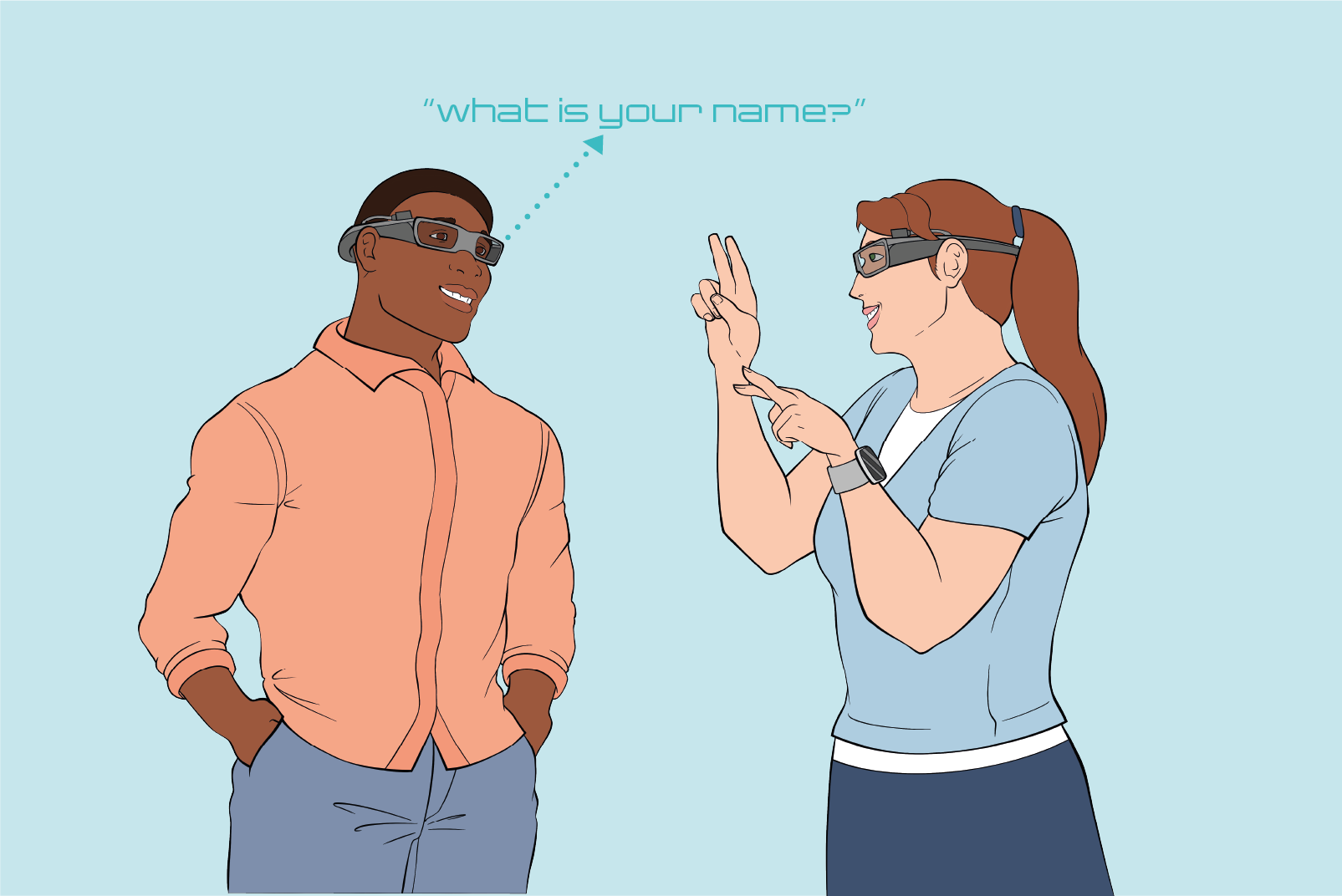Flood Prediction Using Remote Sensing Technology – Dr Guy J – P Schumann
Original Article Reference
https://doi.org/10.33548/SCIENTIA444
Share Episode
About this episode
This work is licensed under a Creative Commons Attribution 4.0 International License. 
What does this mean?
Share: You can copy and redistribute the material in any medium
or format
Adapt: You can change, and build upon the material for any
purpose, even commercially.
Credit: You must give appropriate credit, provide a link to the
license, and indicate if changes were made.
Related episodes
Do Security and Regulation Failures Put Women’s Health Data, Their Privacy and Even Their Safety at Risk?
Recent research from Professor Maryam Mehrnezhad at the Information Security Department, Royal Holloway University of London and a team of researchers reveals widespread privacy, security and regulatory failings in female-oriented health technologies (also known as FemTech). The researchers’ comprehensive analysis demonstrates how current practices leave sensitive health information vulnerable, while highlighting an urgent need for reform across technical, legal and social dimensions of digital healthcare.
Dr. Luc Raijmakers | Comparing Simplified Physics-Based Models for Lithium-Ion Batteries
In order to operate safely and efficiently, lithium-ion batteries rely on battery management systems to monitor their state and to control their operation. An essential part of this process is modelling battery behaviour under different conditions to predict performance and prevent failures. To do this efficiently, it is crucial to simplify the underlying physical processes, while sacrificing as little accuracy as possible. Through their research, Dr. Luc Raijmakers and colleagues at the Jülich Research Centre, Germany, compare various different approaches to simplifying simulations. Their results could make it easier for battery operators to decide which approach is best suited to their requirements for accuracy and computational efficiency.
Dr Patrick O’Neill | Revolutionising Pharmaceutical Synthesis with Continuous Flow Chemistry
Dr Patrick O’Neill of Pfizer, Ireland, and Professor Jie Wu of the National University of Singapore, and their team, have made groundbreaking advancements in the synthesis of 1,2,3-triazole – a key building block in the manufacture of a life-saving antibiotic. Replacing traditional batch processes, they developed a safer, more efficient method using continuous flow chemistry, which addresses potential global supply chain vulnerabilities. This innovative approach eliminates hazardous intermediates, improves reaction safety, and ensures a stable supply of 1,2,3-triazole for global pharmaceutical production.
Dr Ramtin Zand | A Hybrid System for Real-Time Sign Language Translation
Neuromorphic computing is a powerful tool for identifying time-varying patterns, but is often less effective than some AI-based techniques for more complex tasks. Researchers at the iCAS Lab directed by Ramtin Zand at the University of South Carolina, work on an NSF CAREER project to show how the capabilities of neuromorphic systems could be improved by blending them with specialized machine learning systems, without sacrificing their impressive energy efficiency. Using their approach, the team aims to show how the gestures of American Sign Language could be instantly translated into written and spoken language.
Increase the impact of your research
• Good science communication encourages everyday people to be scientifically literate so that they can analyse the integrity and legitimacy of information.
• Good science communication encourages people into STEM-related fields of study and employment.
• Good public science communication fosters a community around research that includes both members of the public, policymakers and scientists.
• In a recent survey, 75% of people suggested they would prefer to listen to an interesting story than read it.

Upload your science paper
Step 2
SciPod script written
Step 3
Voice audio recorded
Step 4
SciPod published




